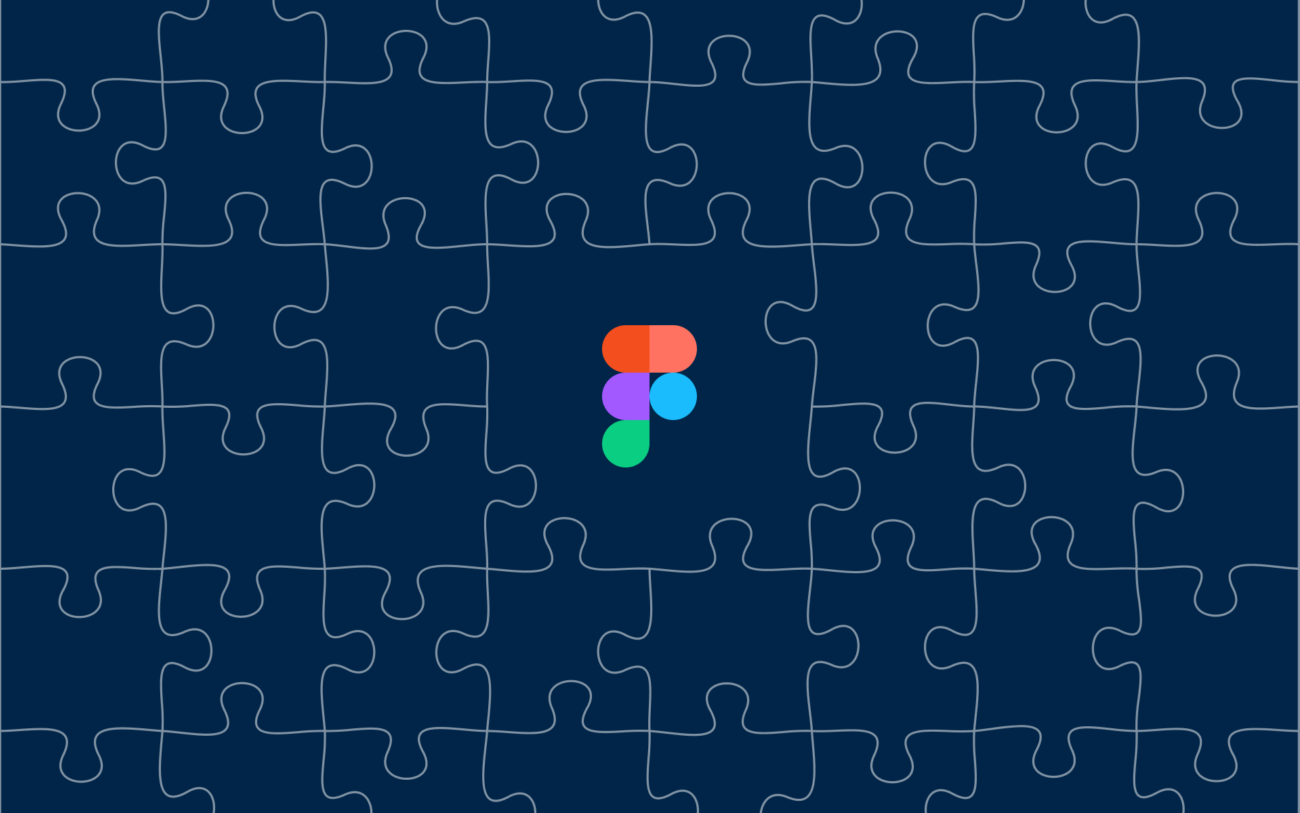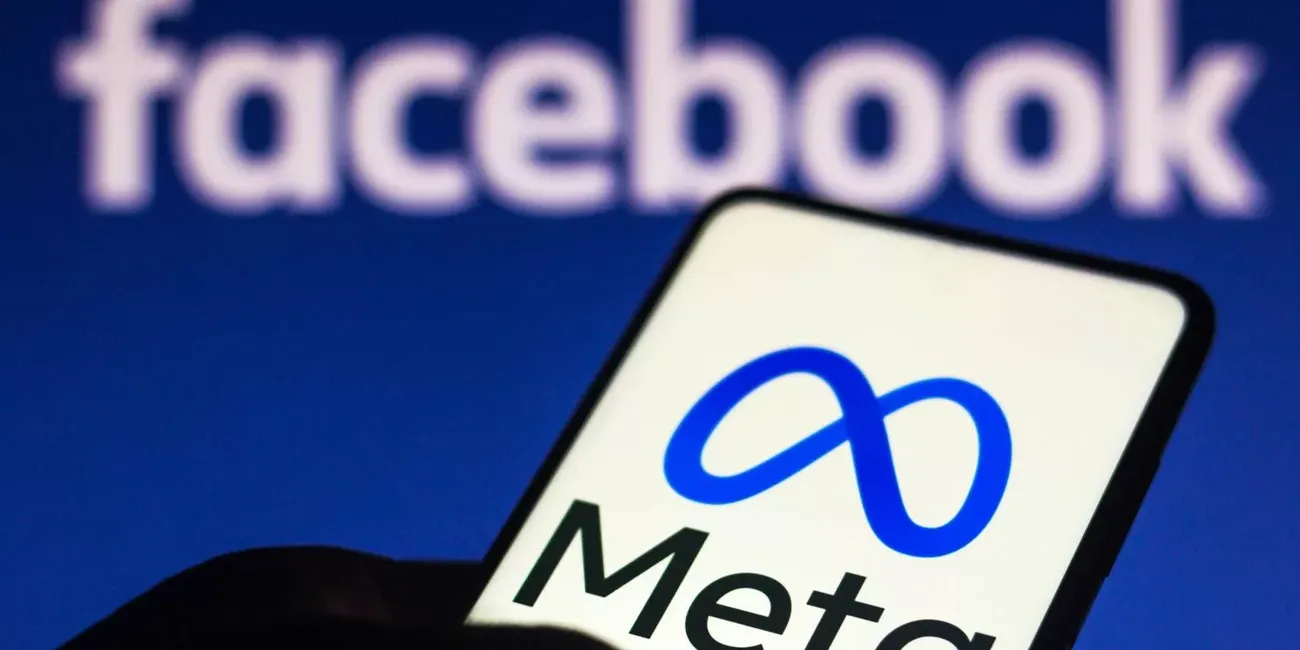Gamification can be a confusing term, so let’s start by clearing the path. It has nothing to do with game design. Games are designed purely to entertain the player, nothing more, nothing less. Gamification on the other hand is a combination of techniques inherited from games to create experiences both the user and the business benefit from. To achieve this we need to keep three things in mind:
- Right mindset
- Right motivation
- Right techniques
1. The right mindset to start with gamification
Like most things, it all starts with the right mindset. One of the most important characteristics of a game is a clear and fair playing field. All players are treated equally and external factors such as gender, religious beliefs, and skin color are not important. Creating a platform or application where everybody feels welcome is a complex process but it’s definitely something you need to keep in mind with every design decision you make.
Another aspect of a game is the fact it needs to be fun for the player. Use gamification to enhance the user experience, not as a dark pattern to make your application addictive.
For example: If you give the user badges for achieving something, you’ll motivate him to use your platform and explore other features in a fun way. FitBit motivates you by telling you, for example, you ran to Paris and back in a year or by giving you little insights and motivations. It’s a fun way to motivate the user to become healthy by exercising and a great strategy to make the product stand out against competitors. Both parties benefit from it, that’s gamification done right.
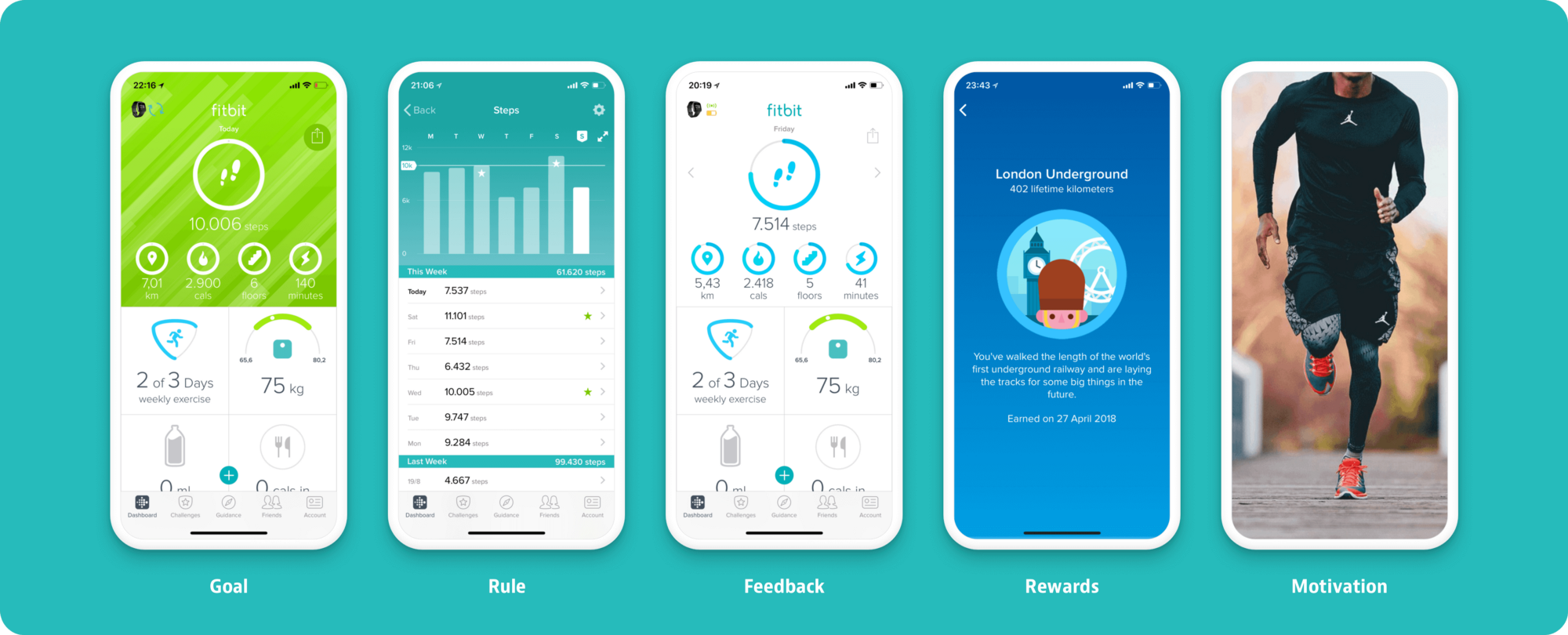
2. The right motivation for gamification
Don’t use gamification as magic paint. You need to have a good application to start with. Duolingo for example is an application that uses gamification in an excellent way. If you want to see some best practices, check how Duolingo uses the techniques given below to create a state-of-the-art experience.
The real power of Duolingo however, lies in the content they offer. You can learn almost every language how it suits you. Even without gamification, it would be an excellent platform to learn the language you always dreamt of. It just wouldn’t be that fun and motivating. It just feels like the endless lists of words you needed to memorize back in school.
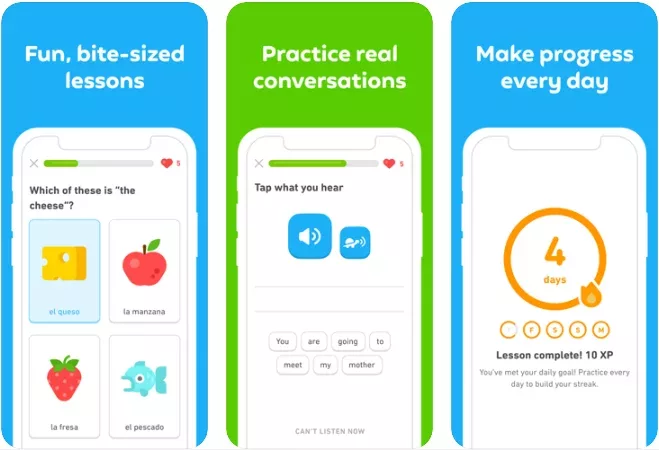
3. The right Gamification techniques
Now let’s see what techniques you can use to take your application to the next level
Journey
Take the user on a journey. A personal journey makes the process of learning the features of the application easy and understandable. Disclosing features along the way can help to avoid the user feeling overwhelmed. It makes your application, just as a game, more challenging as the users get more experienced. Using Duolingo as an example, you need to complete the basics before you can continue to learn phrases
Points
A lot of applications have some sort of points system. It’s a great way to motivate the user to interact with the application. Google review uses a points system where you can become a local guide after you added enough photos and reviews. It helps the platform because users want to add more content. It helps the users, they have more reliable content.
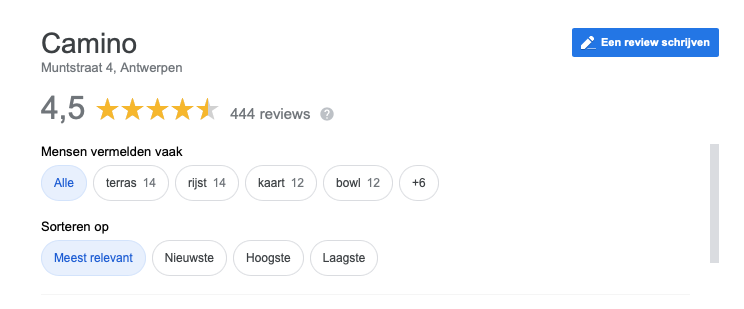
Badges
Users who achieve a certain number of points can get badges or stickers as a virtual reward. Most of the time they don't really know how or when they will get the badges which will make it exciting for the users to see when they'll go to the next level or get the next badge or sticker. These badges can be designed in various ways and become the additional drivers of motivation. Waze, for example, uses this technique successfully.
Gamification through leaderboards
Competition is one of the best motivators for users. Leaderboards must be applied carefully, due to the high rank of other users it can be a demotivating factor. But when it's done right, it can really encouraging.
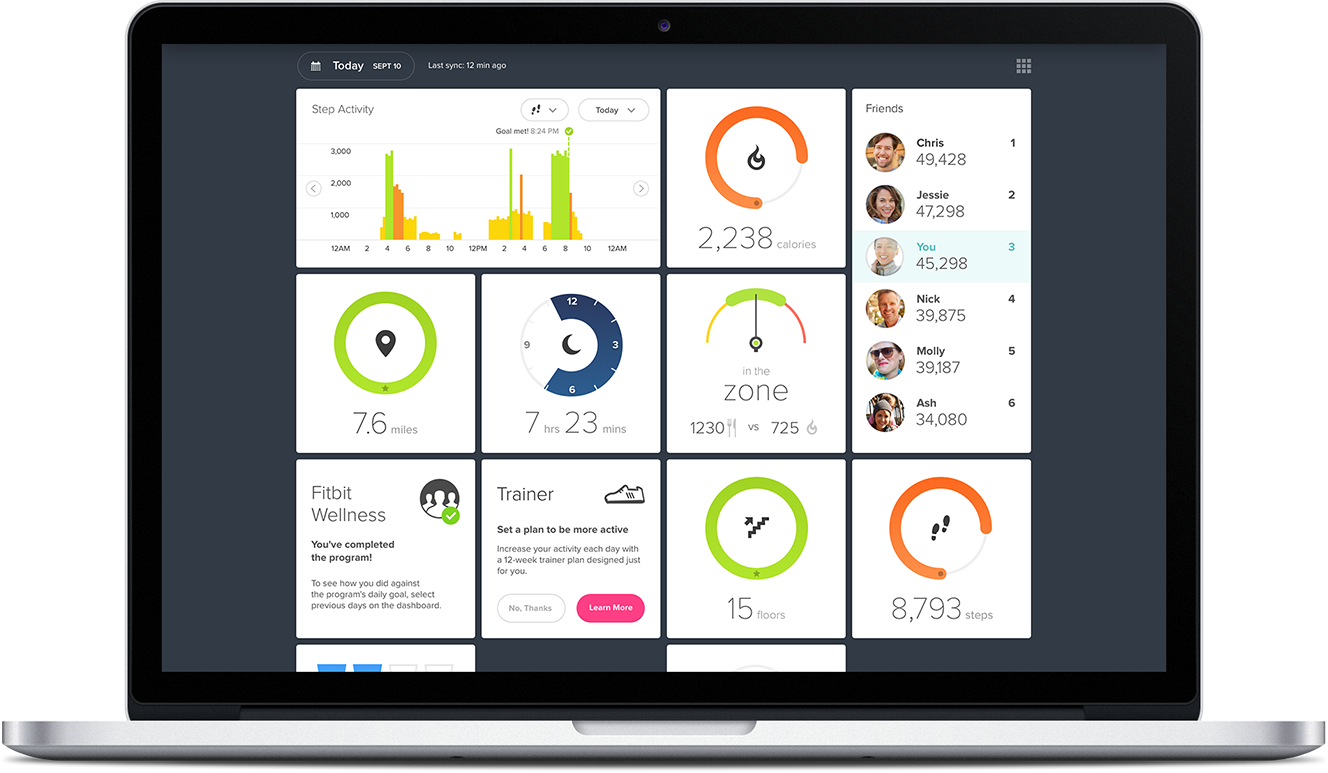
Pretending
Games often allow a player to be another person. They give the player a different reality. This can be a nice way of adding gamification to your application. To give your user the opportunity to create a persona and play pretend.
Goals
When you give your users certain goals, they'll be extra motivated to achieve them. Make users feel they completed a task and it will give them a feeling of satisfaction. They will be likely to go after this feeling every time they use your application and it will encourage them to use it more often than other similar applications.
Cooperation and competition
Games are more fun when you have someone to play with. Seeing what music on Spotify your friends are listening to for example is a good way of creating a play-together feeling.
This is it, for now. In the next blog, we'll take a deeper dive into these gamification techniques and their best practices. Keep an eye on our blog or subscribe to our newsletter to get regular updates.
